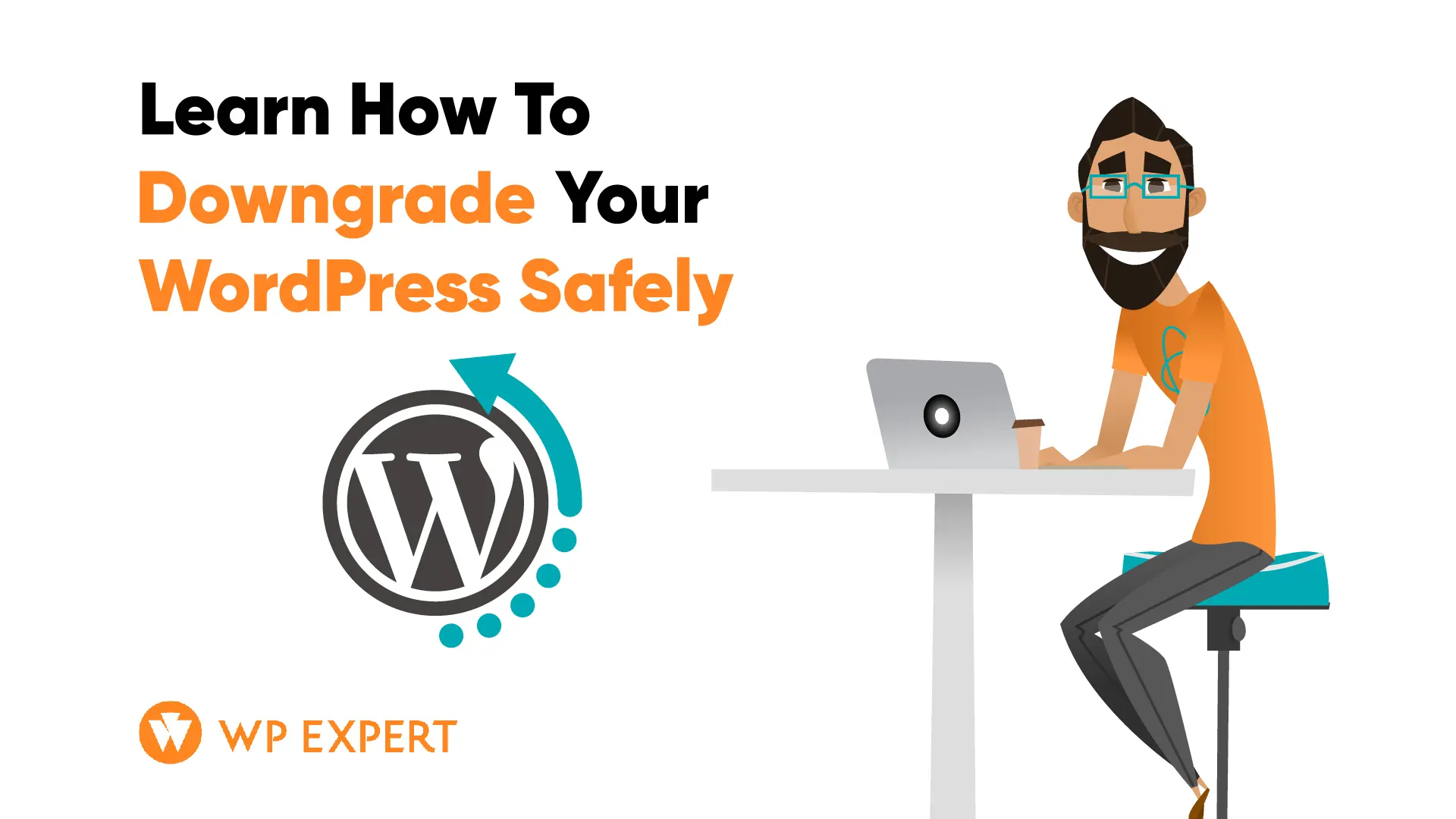Effectively managing WordPress versions is essential for website maintenance. New updates typically enhance features and security but can occasionally conflict with existing themes, WordPress plugins, or server environments. In such scenarios, downgrading to a previous WordPress version may be necessary. This step, while resolving compatibility issues, carries risks like exposure to security vulnerabilities and functional limitations.
Reasons to Downgrade WordPress to a Previous Version
Downgrading WordPress is a decision typically driven by specific technical challenges. Here are the primary reasons why a downgrade might be necessary:
- Plugin and Theme Compatibility: New WordPress versions can sometimes cause conflicts with existing themes or WordPress plugins. If these components are crucial for your site’s functionality and they haven’t been updated to work with the latest version of WordPress, downgrading can be a temporary solution.
- PHP Version Constraints: Hosting environments may have limitations on PHP versions. If a WordPress update requires a PHP version not supported by your host, reverting to an earlier WordPress version that’s compatible with your PHP version becomes necessary.
- Performance Issues: Occasionally, new updates might not perform optimally on certain hosting configurations, leading to slow site speed or other performance issues. This is when you might want to downgrade, especially if the current version is causing trouble.
Risks and Considerations When You Want to Downgrade Your WordPress Version
Before initiating a WordPress downgrade, it’s essential to weigh the following risks:
- Security Vulnerabilities: Older versions of WordPress might have unpatched security vulnerabilities, potentially exposing your site to risks. This is especially true if you revert to a previous version or use an old version.
- Data Loss: The downgrade process can lead to data loss if not executed correctly. Ensuring backups are in place is crucial. This risk is higher if you need to downgrade WordPress or roll back WordPress without proper preparation.
- Feature Limitations: Downgrading can result in the loss of newer features and improvements, possibly impacting the user experience. If you’re downgrading from a new version of WordPress, you might miss out on enhancements that come with the latest version of WordPress.
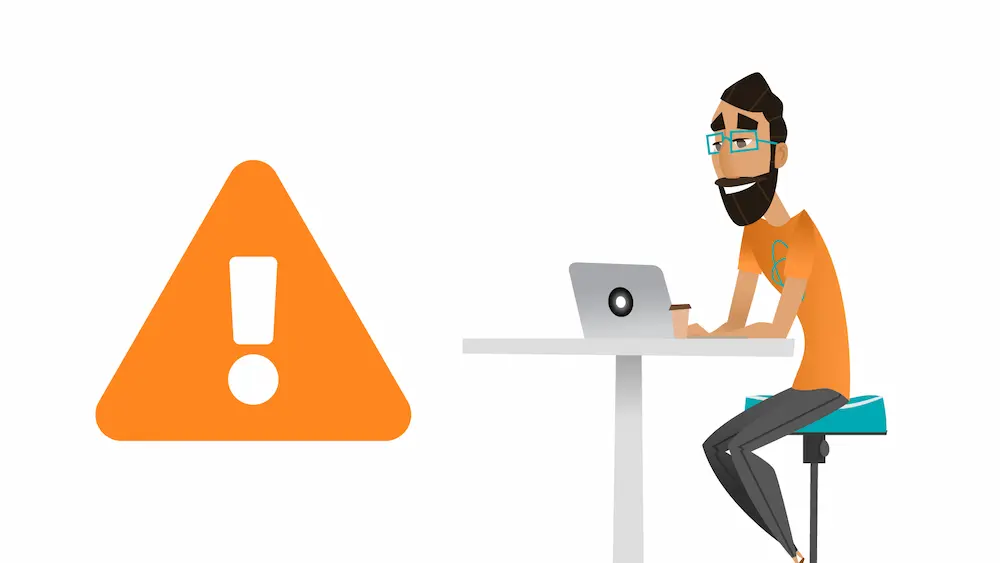
Essential Steps for Preparing to Downgrade Your WordPress Site
Downgrading WordPress requires careful planning to ensure the process is smooth and risk-free. Here are the key steps to follow:
1. Identify the Last Working Version
Determine the most recent version of WordPress that was functioning correctly on your site. This involves reviewing change logs and website records to pinpoint the version that offers a balance between functionality and recent updates.
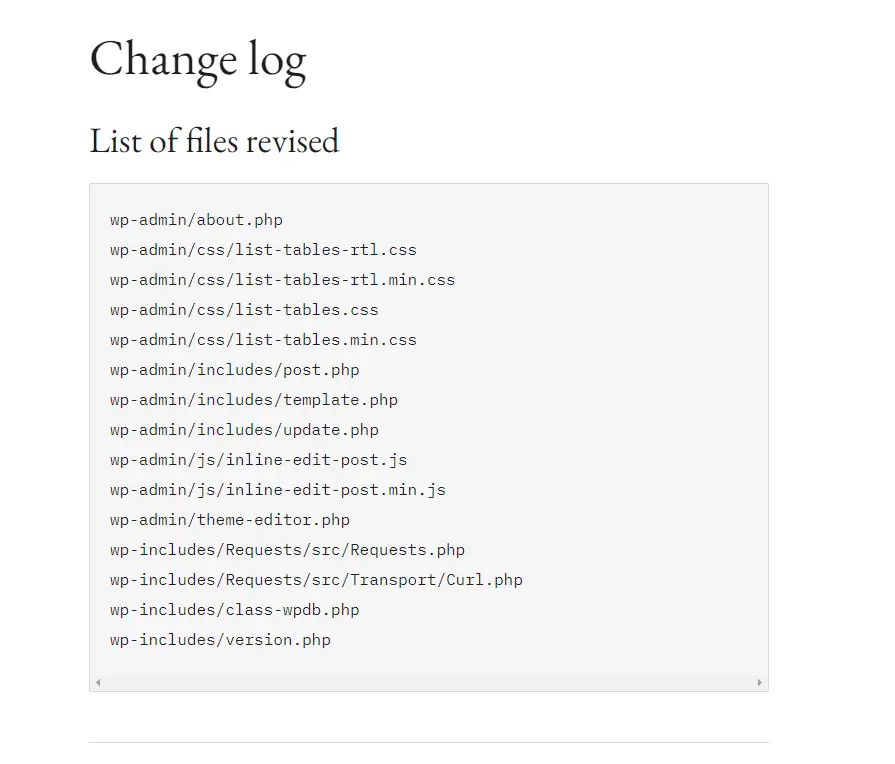
2. Full, Offsite Backup
Before any changes are made, it’s crucial to have a complete backup of your website. This backup should be stored offsite. It serves as a safety net, allowing you to restore your site in case anything goes wrong during the downgrade process.
3. Revert Plugin and Theme Updates
If recent updates to plugins and themes were specifically for the newer WordPress version, it’s advisable to revert them to versions compatible with the older WordPress version you are targeting.
4. Check PHP Compatibility
Ensure that the PHP version on your hosting environment is compatible with the older WordPress version you plan to revert to. Incompatibility can lead to significant performance issues or even render your website inoperable.
Methods for Downgrading WordPress: Using a Plugin and Other Techniques
Downgrading WordPress can be approached in several ways, each with its own set of steps and considerations. Here’s a guide to the most common methods.
Manual Downgrade
This guide outlines the steps to manually downgrade WordPress: downloading an older version, using FTP for file replacement.
- Download Previous WordPress Version: Visit the WordPress Release Archive and download the version you wish to downgrade to.
- Use FTP Client: Connect to your website using an FTP client. This tool allows you to access and modify files on your server.
- Replace WordPress Files: On your server, go to the directory where WordPress is installed. Delete the ‘wp-includes’ and ‘wp-admin’ directories. Then, upload the directories from the version you downloaded.
- Keep wp-content: Ensure that you do not replace the ‘wp-content’ directory to avoid losing your themes, plugins, and uploads.
- Update wp-config.php: If the newer version of WordPress had any wp-config.php changes, revert these to match the older version’s requirements.
- Run WordPress Update: Access your WordPress dashboard. WordPress will prompt you to update your database if needed.
Using WP Downgrade Plugin
The WP Downgrade plugin offers a straightforward way to revert your WordPress site to a previous version.
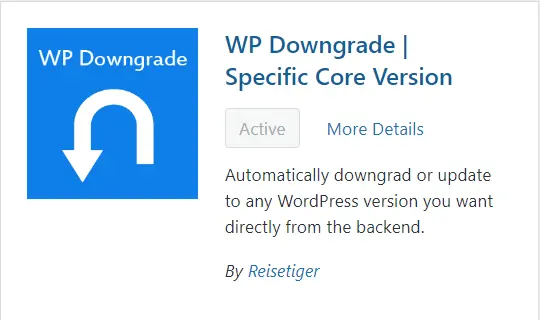
- Install WP Downgrade: Install and activate the WP Downgrade plugin from your WordPress dashboard.
- Specify WordPress Version: In the plugin settings, enter the WordPress version you wish to downgrade to.
- Initiate Downgrade: The plugin will automatically set WordPress to the specified version. Simply navigate to the updates menu and click the ‘Reinstall Version’ button.
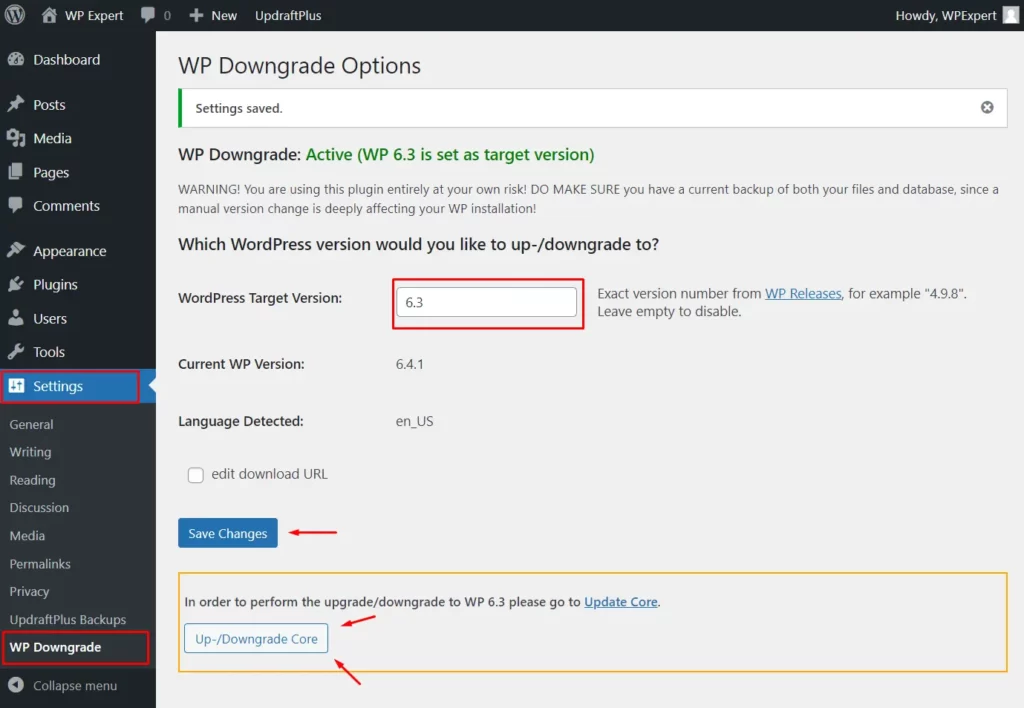
Downgrading Themes and Plugins
Easily downgrade your WordPress themes and plugins with the WP Rollback plugin.
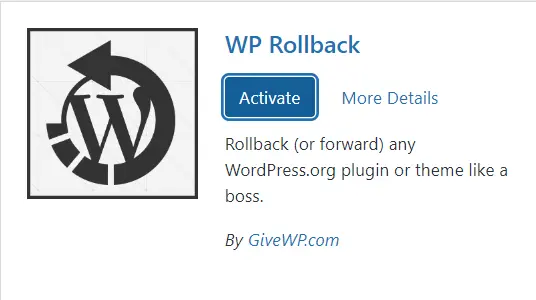
- WP Rollback Plugin: Install the WP Rollback plugin, which allows you to revert to previous versions of plugins and themes.
- Select Version: Within the plugin or theme settings, choose the version you wish to downgrade to.
- Rollback: The plugin facilitates the process, reverting the theme or plugin to the selected version.
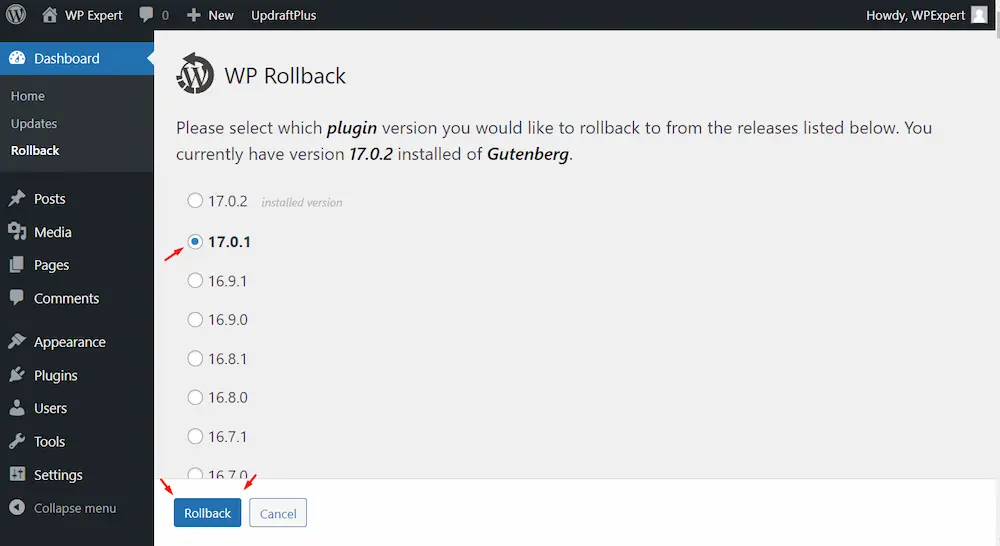
Post-Downgrade Actions for Your WordPress Website
After downgrading WordPress, it’s crucial to take steps to ensure your site’s stability and plan for future updates.
Essential Post-Downgrade Steps
- Check Site Functionality: Test all pages and features of your site for any issues.
- Check Plugins and Themes: Check for compatibility issues.
- Monitor Performance and Security: Keep an eye on site speed and conduct regular security scans.
Addressing Common Post-Downgrade Issues
- Performance Degradation: Optimize your site, considering factors like image sizes and caching.
- Functionality Errors: Resolve any PHP errors or issues with plugins and themes.
Future Planning
- Stay Updated: Keep track of updates and plan for upgrading to a newer WordPress version when feasible.
- Consider Alternatives: Explore options like replacing incompatible plugins or themes, or adjusting custom code.
Keep in mind that using an outdated version of WordPress might be a temporary solution, but it can lead to numerous problems if your WordPress site doesn’t receive updates. To learn more, feel free to read our article on ‘How to Update Your WordPress Site‘.
Need Support After a WordPress Downgrade?
At WP Expert, we offer tailored maintenance services to keep your website healthy. From troubleshooting and security monitoring, our team ensures your website remains secure and efficient. Contact WP Expert for expert support in maintain your WordPress site through every transition.
FAQ
Why Would I Need to Downgrade My WordPress Version?
Downgrading WordPress is typically considered in scenarios such as:
– Plugin or Theme Incompatibility: When an update leads to issues with existing plugins or themes.
– Issues with the Latest Update: Encountering bugs or performance problems in the most recent WordPress version.
– Stability Concerns: Preference for a previous version known for its stability and performance.
Is It Safe to Downgrade WordPress?
Downgrading WordPress comes with potential security risks:
Security Risks: Older versions may lack recent security updates, making them vulnerable.
Temporary Solution: Downgrading should be a short-term fix, not a permanent one.
Can I Downgrade WordPress Without Losing My Content?
To safely downgrade without losing content:
Backup is Crucial: Always backup your entire website before downgrading to prevent data loss.
Risk Mitigation: Backups ensure you can restore your site if the downgrade process encounters issues.
What Should I Consider Before Downgrading WordPress?
Key considerations include:
– Understanding Implications: Be aware of potential security and functionality risks.
– Addressing Root Causes: Identify why a downgrade is needed and plan to resolve these issues.
– Temporary Nature: View downgrading as a stopgap measure until a more permanent solution is viable.
Effective Strategies for Downgrading WordPress Versions: Plugins, Rollback, and Revert Options
Efficiently managing WordPress versions, especially when downgrading, is a vital skill in maintaining website integrity. This guide has covered key aspects, from recognizing when a downgrade is necessary due to issues like plugin incompatibility, to understanding the risks involved. It has outlined various methods for downgrading, including manual processes and using specific plugins, while emphasizing the importance of backups and thorough preparation. The guide also highlighted the temporary nature of downgrades and the importance of addressing underlying issues for long-term website health. Ultimately, mastering WordPress version management is about balancing technical knowledge with strategic planning, ensuring your site remains secure, functional, and up-to-date.
